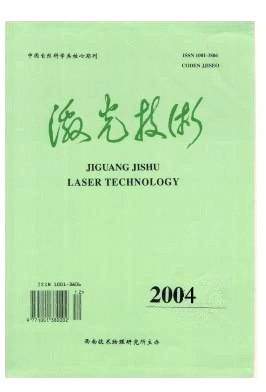Fraunhofer and Fresnel diffraction at two asymmetrical rectangular apertures
-
1.
Institute of Laser Physics and Chemistry, Chengdu 610064, China;
-
2.
Department of Physics and Chemistry, Zigong College, Zigong 643000, China;
-
3.
National Laboratory of Laser Technology, HUST, Wuhan 430074, China
-
Received Date:
2003-07-25
Accepted Date:
2003-09-18
-
Abstract
Based on the theory of scalar diffraction,the diffraction of a uniform plane wave at two asymmetrical rectangular apertures is studied analytically and numerically. The transversal,on-axis and off-axis intensity distributions of the Fraunhofer and Fresnel diffraction are given and analyzed. It is shown that the Fraunhofer and Fresnel diffraction can be distinguished by the relative error of their maximum intensity. The result is consistent with that for the case of two circular apertures.
-

-
References
|
[1]
|
卢亚雄,吕百达.矩阵光学[M].大连:大连理工大学出版社,1989.55.
|
|
[2]
|
BORN M,WOLF E.Principles of Optics[M].5th ed,Oxford:Pergamon Press,1993.412~514. |
|
[3]
|
SIEGMAN A E.Lasers[M].Mill Valley,CA:University Science Books,1986.634,668. |
|
[4]
|
GARCIA-SUCERQUIA J I,CASTANEDA R,MEDINA F F et al.Distinguishing between Fraunhofer and Fresnel diffaction by the Young's experiment[J].Opt Commun,2001,200:15~22. |
|
[5]
|
GARCIA-SUCERQUIA J I,CASTANEDA R,MEDINA F F.Fresnel-Fraunhofer diffaction and spatial coherence[J].Opt Commun,2002,205:239~245. |
-
-
Proportional views

-

 Map
Map



 DownLoad:
DownLoad: